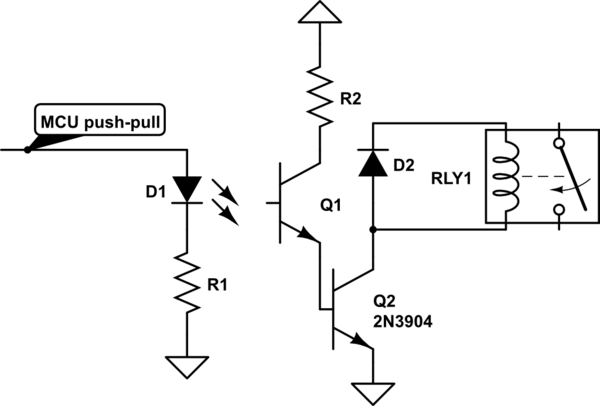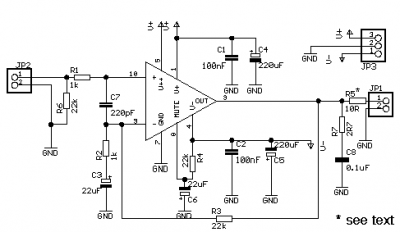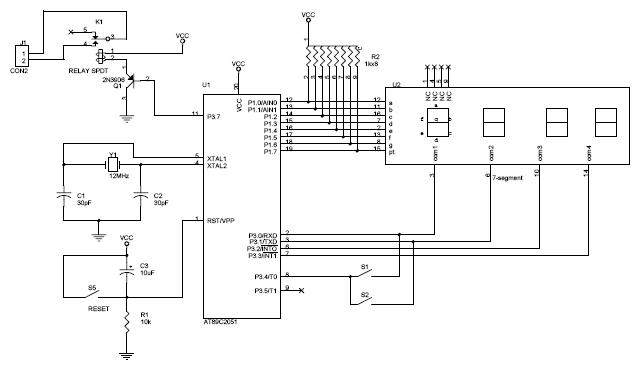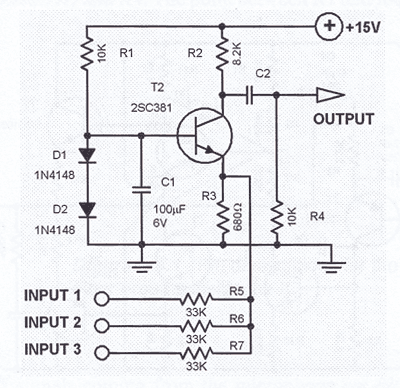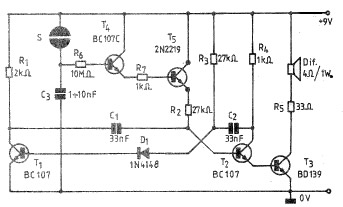
Transistor Clock
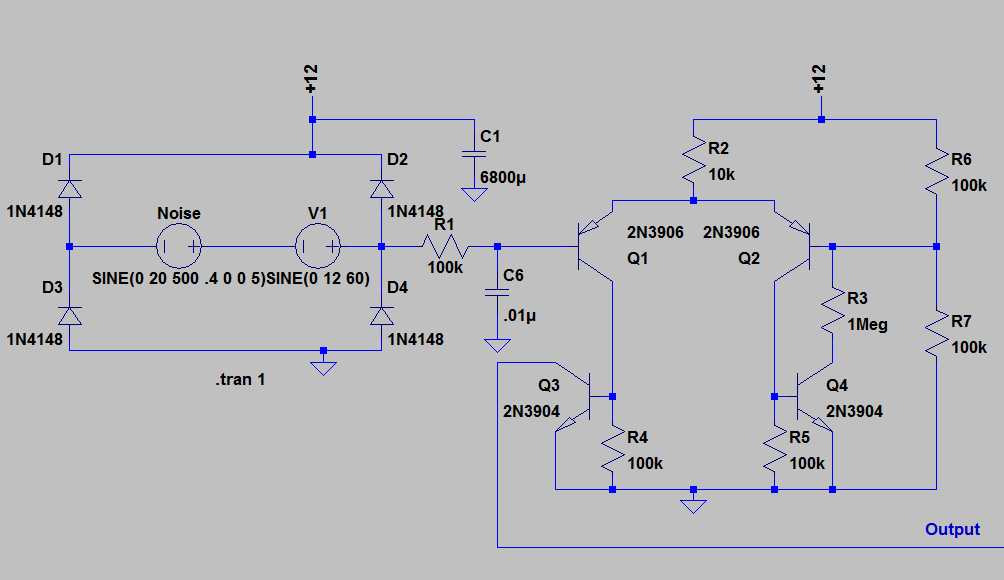
If you have been following on Twitter, you might have seen a tweet about a "Transistor Clock" kit that allows for the construction of a wall clock using 194 discrete transistors and numerous other components. This kit has been purchased, and there are plans to document the assembly process. As electronics kits like Arduino gain popularity, the significance of traditional analog electronics is diminishing. However, many common issues can still be addressed with basic components such as capacitors, resistors, and transistors, even as many choose to utilize more complex and costly digital systems. The trend has led to challenges in understanding and designing complex analog systems. The appeal of the clock lies in its complete resolution within engineering; it represents a solved problem. Modern digital clocks are readily available and affordable, yet the transistor clock serves as both an artistic expression and an engineering challenge, demonstrating that it is still feasible to create a clock with parts from the 1950s. Working with these components directly provides valuable learning experiences, despite the challenges posed by the analog and discrete-only limitation. Integrated circuits have revolutionized the ability to compact multiple components onto a single silicon chip, making discrete components occupy significantly more space. The circuit board of this clock is designed to expose all components, eliminating "black boxes" and allowing for complete understanding of every signal path. The kits are available for self-assembly, featuring various versions, including a retro nixie tube option. Although the kits are pre-designed, the intention is to provide a unique perspective through in-depth documentation of the assembly process. The kit is well-organized and includes all necessary components, including solder, though a soldering iron must be provided by the assembler. The assembly manual offers guidance on soldering techniques and troubleshooting, making it accessible even for those without an extensive background in electrical engineering. By following the instructions and correctly placing the components, one can successfully create a functional transistor clock.
The transistor clock kit is an engaging project for hobbyists and electronics enthusiasts. It comprises 194 discrete transistors, along with a variety of other components, including resistors, capacitors, and diodes, all laid out on a printed circuit board (PCB). The design of the PCB is intentional, allowing for easy access to each component, which enhances the educational experience by enabling users to probe and analyze each signal path.
The clock operates based on a classic transistor-based timing circuit, utilizing the properties of transistors to create oscillations that drive the timekeeping mechanism. The assembly process begins with the careful placement of each component according to the provided schematic, which is designed to minimize errors and facilitate understanding of the circuit's functionality.
The kit also includes a detailed assembly manual that outlines each step of the process, from soldering techniques to debugging common issues that may arise during assembly. This resource is invaluable for individuals who may not have prior experience with soldering or circuit assembly.
In addition to the standard version, the kit offers variations, such as the nixie tube model, which incorporates vintage display technology, appealing to those interested in retro aesthetics. Each version maintains the core principles of analog clock design while providing an opportunity to explore different display methods.
Overall, the transistor clock kit serves as an excellent introduction to analog electronics, allowing users to engage with fundamental concepts in a hands-on manner. The project not only reinforces theoretical knowledge but also enhances practical skills in circuit assembly and troubleshooting, making it a worthwhile endeavor for both novice and seasoned hobbyists.So, if you have been following me on twitter, you might have noticed this tweet where I raved about a "Transistor Clock" kit that lets you build a wall clock using 194 discrete transistors and hundreds of other components. I`ve since purchased the kit and decided to blog my assembly of it. As electronics kits like Arduino become more and more popu lar, the relevance of old-fashioned analog electronics is waning. There are still a lot of common problems that can be solved simply with a few capacitors, resistors, and transistors, but many people opt to use more complex (and expensive) digital systems instead. I too have fallen victim to this trend and I feel like my analog prowess is not what it could be. I`ve had a lot of difficulty over the years understanding complex analog systems and even more difficulty trying to design them.
That`s why I was excited when I saw this ad in the back of Nuts and Volts magazine: As an engineer, I have sort of a thing for clocks. See, a clock is one of the few engineering problems that has been COMPLETELY SOLVED. Seriously. You can go to Wal-mart and buy a digital wristwatch that will last for years off its internal battery, travel 100 meters underwater, keep time to the millisecond, and cost less than a night at the movies.
Clocks are done. Because of this, any newly designed clock is going to be more of an artistic expression or a self-imposed engineering challenge (can we make a clock that runs off of a potato! ). The transistor clock is both. This clock is presents a statement that in the era of integrated circuits, it`s still possible to make a clock using parts from the 1950s.
Every digital circuit you build with today is abstracted out of analog components, so there is a lot to learn from working with these components directly. Perhaps the fortune cookie from my lunch could summarize: This analog/discrete-only limitation makes it hard though.
One of the major gains that the integrated circuit offers humanity is the ability to pack multiple transistors, resistors, capacitors, and diodes on the same tiny piece of silicon. When you separate them, they take up a lot more space. Look at the circuit board for this monster: It`s exciting though to have all of the components out in the open like that.
There will be no "black boxes". Every single signal path can be probed and completely understood. Cool! What an excellent learning opportunity! So this guy sells these clocks as kits through his website that you can assemble yourself. He sells a bunch of different versions including a nixie tube version which is extra retro. I thought these kits were really cool, and I really wanted to incorporate one into my blog somehow, but unfortunately they`ve already been designed! I usually make a point of making things that are challenging and have never been done before, but this clock is neither (especially when you consider that it`s a kitwith everything you need in the box).
I decided to purchase a kit anyway and give it the "ch00ftech treatment". The kit comes with an assembly manual which does a pretty good job of explaining how it works, but I decided it would be fun to take it all a step further and to create a few of my amazingly long writeups that you all have come to love. I really wanted to flesh out every detail. This transistor clock is an excellent project for hobbyists. The kit is beautifully laid out and it comes with everything you will need (including solder!) to assemble it (bring your own soldering iron though).
Given how well organized it is, you don`t really even need any background in EE to assemble it. The assembly manual even has instructions on how to solder if you aren`t comfortable with soldering yet and tips for debugging issues. If you simply follow the instructions and place the components in the right holes, you`ll end up with an awesome transistor clock of your own!
🔗 External reference
The transistor clock kit is an engaging project for hobbyists and electronics enthusiasts. It comprises 194 discrete transistors, along with a variety of other components, including resistors, capacitors, and diodes, all laid out on a printed circuit board (PCB). The design of the PCB is intentional, allowing for easy access to each component, which enhances the educational experience by enabling users to probe and analyze each signal path.
The clock operates based on a classic transistor-based timing circuit, utilizing the properties of transistors to create oscillations that drive the timekeeping mechanism. The assembly process begins with the careful placement of each component according to the provided schematic, which is designed to minimize errors and facilitate understanding of the circuit's functionality.
The kit also includes a detailed assembly manual that outlines each step of the process, from soldering techniques to debugging common issues that may arise during assembly. This resource is invaluable for individuals who may not have prior experience with soldering or circuit assembly.
In addition to the standard version, the kit offers variations, such as the nixie tube model, which incorporates vintage display technology, appealing to those interested in retro aesthetics. Each version maintains the core principles of analog clock design while providing an opportunity to explore different display methods.
Overall, the transistor clock kit serves as an excellent introduction to analog electronics, allowing users to engage with fundamental concepts in a hands-on manner. The project not only reinforces theoretical knowledge but also enhances practical skills in circuit assembly and troubleshooting, making it a worthwhile endeavor for both novice and seasoned hobbyists.So, if you have been following me on twitter, you might have noticed this tweet where I raved about a "Transistor Clock" kit that lets you build a wall clock using 194 discrete transistors and hundreds of other components. I`ve since purchased the kit and decided to blog my assembly of it. As electronics kits like Arduino become more and more popu lar, the relevance of old-fashioned analog electronics is waning. There are still a lot of common problems that can be solved simply with a few capacitors, resistors, and transistors, but many people opt to use more complex (and expensive) digital systems instead. I too have fallen victim to this trend and I feel like my analog prowess is not what it could be. I`ve had a lot of difficulty over the years understanding complex analog systems and even more difficulty trying to design them.
That`s why I was excited when I saw this ad in the back of Nuts and Volts magazine: As an engineer, I have sort of a thing for clocks. See, a clock is one of the few engineering problems that has been COMPLETELY SOLVED. Seriously. You can go to Wal-mart and buy a digital wristwatch that will last for years off its internal battery, travel 100 meters underwater, keep time to the millisecond, and cost less than a night at the movies.
Clocks are done. Because of this, any newly designed clock is going to be more of an artistic expression or a self-imposed engineering challenge (can we make a clock that runs off of a potato! ). The transistor clock is both. This clock is presents a statement that in the era of integrated circuits, it`s still possible to make a clock using parts from the 1950s.
Every digital circuit you build with today is abstracted out of analog components, so there is a lot to learn from working with these components directly. Perhaps the fortune cookie from my lunch could summarize: This analog/discrete-only limitation makes it hard though.
One of the major gains that the integrated circuit offers humanity is the ability to pack multiple transistors, resistors, capacitors, and diodes on the same tiny piece of silicon. When you separate them, they take up a lot more space. Look at the circuit board for this monster: It`s exciting though to have all of the components out in the open like that.
There will be no "black boxes". Every single signal path can be probed and completely understood. Cool! What an excellent learning opportunity! So this guy sells these clocks as kits through his website that you can assemble yourself. He sells a bunch of different versions including a nixie tube version which is extra retro. I thought these kits were really cool, and I really wanted to incorporate one into my blog somehow, but unfortunately they`ve already been designed! I usually make a point of making things that are challenging and have never been done before, but this clock is neither (especially when you consider that it`s a kitwith everything you need in the box).
I decided to purchase a kit anyway and give it the "ch00ftech treatment". The kit comes with an assembly manual which does a pretty good job of explaining how it works, but I decided it would be fun to take it all a step further and to create a few of my amazingly long writeups that you all have come to love. I really wanted to flesh out every detail. This transistor clock is an excellent project for hobbyists. The kit is beautifully laid out and it comes with everything you will need (including solder!) to assemble it (bring your own soldering iron though).
Given how well organized it is, you don`t really even need any background in EE to assemble it. The assembly manual even has instructions on how to solder if you aren`t comfortable with soldering yet and tips for debugging issues. If you simply follow the instructions and place the components in the right holes, you`ll end up with an awesome transistor clock of your own!
🔗 External reference
